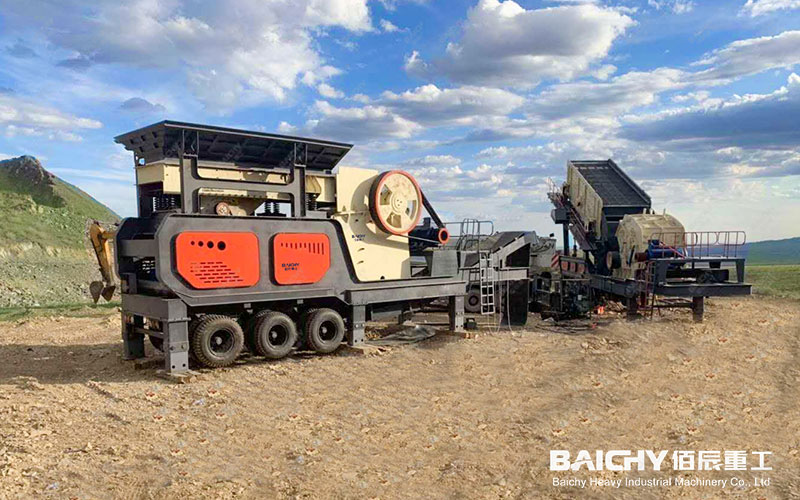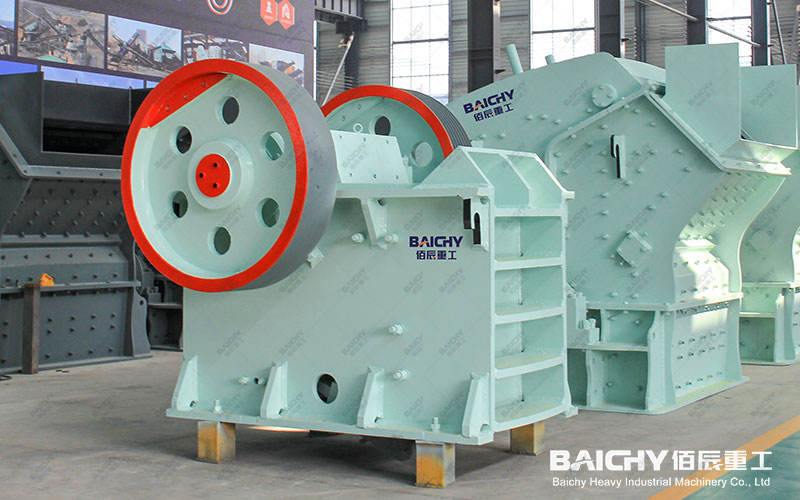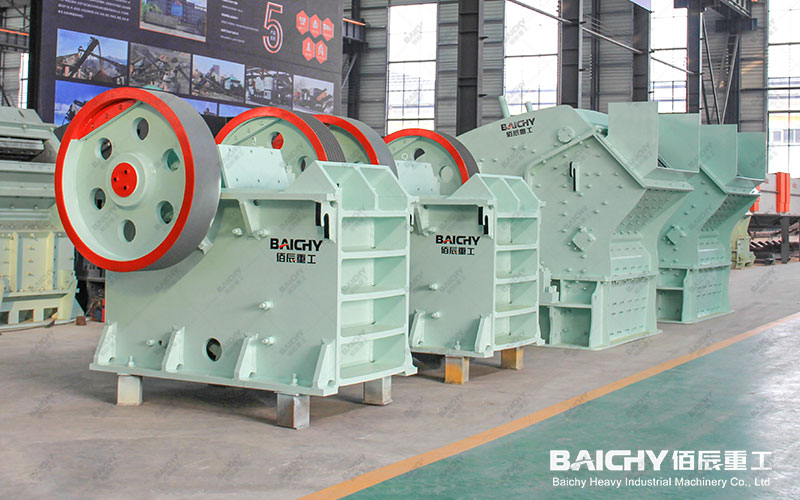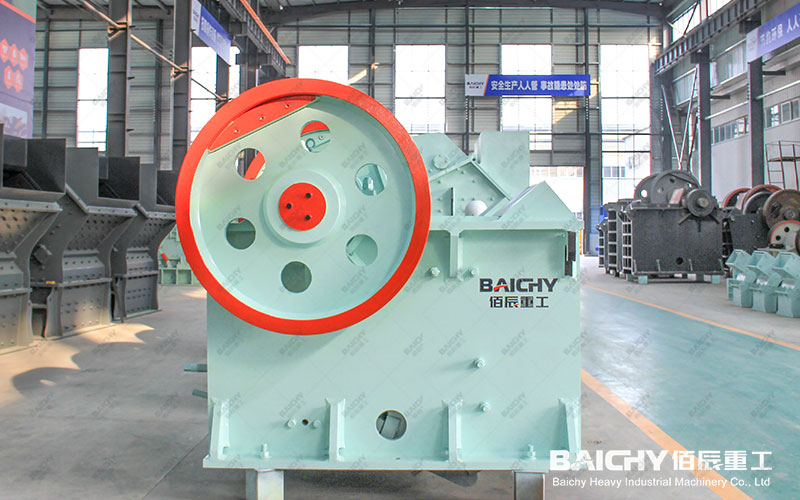In fields such as ore grinding, cement, metallurgy, and chemicals, grinding is a crucial production step. Faced with the mainstream Raymond mills and vertical mills on the market, many investors and engineers suffer from "choice paralysis": they seem functionally similar, but their prices differ significantly—which one is more suitable for my project?
The answer is: there is no absolute good or bad, only suitability. Raymond mills and vertical mills each have their distinct technical characteristics and market positioning. Choosing the wrong one may lead to wasted investment, excessive energy consumption, or insufficient production capacity. This article will provide a comprehensive and in-depth comparison to help you make the wisest decision.
I. Core Principles and Structural Differences: Vertical Structure Brings Innovation
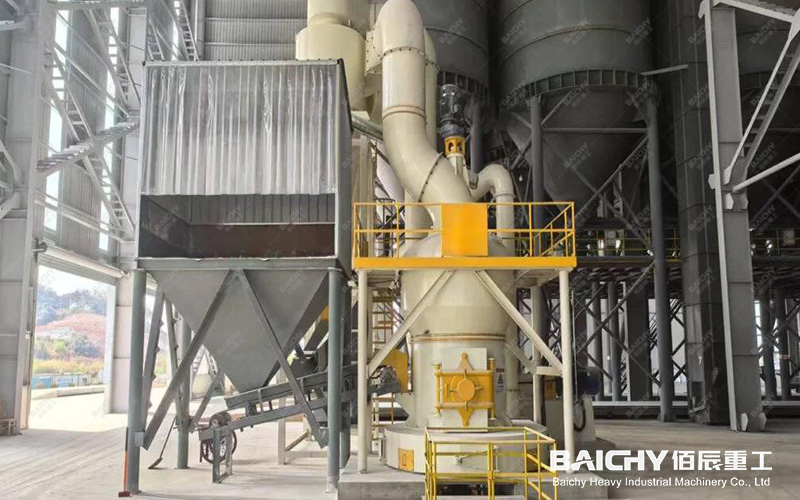
• Raymond Mill: Employs the principle of suspended roller crushing. Inside the main unit, grinding rollers crush the grinding ring through centrifugal force. Material is scooped up by a shovel and fed between the grinding rollers and the grinding ring for crushing. The finished powder is carried by airflow into an analyzer for sorting; those meeting the fineness requirements are collected as finished products.
◦ Advantages: Mature technology, simple structure, convenient operation, and low investment cost.
◦ Disadvantages: Higher overall energy consumption (compared to vertical mills), limited single-machine output, and greater wear.

• Vertical Mill: Employs a bed-type pulverizing principle. Material falls directly into the center of the grinding disc, is thrown by the rotating disc to the ground rollers, and is crushed by the rollers. The crushed material is then blown up by hot air and directly dried and sorted inside the mill.
◦ Advantages: Low energy consumption (20%-30% less electricity than Raymond mills), high output, combined drying function, and small footprint.
◦ Disadvantages: Complex structure, high initial investment, and higher requirements for operation and maintenance.
II. Comparison of Five Key Performance Aspects
Comparison Dimensions: Raymond Mill, Vertical Mill, Conclusion and Applicable Scenarios
1. Output and Fineness: Relatively small single-machine output, suitable for small to medium-scale production. Powder fineness is generally between 80-400 mesh. High output, several times that of a Raymond mill of the same power. Wide fineness range, reaching over 1000 mesh. 1. **High Output and Fineness: Choose a vertical mill; for small to medium output and standard fineness, a Raymond mill is economical and practical.
2. Energy Consumption and Efficiency: The separate fan and main unit design results in higher overall power consumption and relatively lower efficiency. The vertical mill boasts low energy consumption, integrating crushing, grinding, drying, and sorting into a single unit with extremely high system efficiency. Long-term operation translates to increased profits through energy savings. The long-term operating cost advantage of the vertical mill is significant.
3. Investment and Cost: Low initial investment cost and affordable equipment make it the first choice for SMEs and startups. The initial equipment investment cost is high, involving complex systems such as hydraulics and automation. For those with limited budgets or in the trial production stage, choose a Raymond mill; for those with ample funds and pursuing economies of scale, the vertical mill offers a higher return on investment.
4. Environmental Protection and Drying: Typically requires a separate drying system, resulting in relatively more dust points and high sealing requirements. The vertical mill offers excellent environmental performance, good overall sealing, and low noise. It can directly introduce hot air for powerful drying of wet materials. For materials with high moisture content or strict environmental requirements, a vertical mill is the optimal solution.
5. Maintenance and Operation: The Raymond mill has a simple structure, is easy to maintain, requires low technical skills from operators, and has low replacement costs for wear parts. The Raymond mill has a complex structure, requires high maintenance skills, and the hydraulic and lubrication systems require professional maintenance, but wear parts have a long lifespan. For those lacking a professional maintenance team or prioritizing low maintenance costs, the Raymond mill is more worry-free.
III. Summary: How to Make the Right Choice?
After reviewing the above comparison, your choice should be clear:
• Situations where you should prioritize a Raymond mill:
◦ Limited start-up capital.
◦ Low output requirements, suitable for small to medium-scale production.
◦ Product fineness requirement is below 400 mesh.
◦ Dry materials, no drying required.
◦ Simple equipment maintenance and convenient operation are desired.
• Situations where you should decisively choose a vertical mill:
◦ Pursuing large-scale, high-efficiency, and continuous production.
◦ Energy saving and consumption reduction are core requirements, with a focus on long-term operating costs.
◦ High and uniform product fineness requirement (above 400 mesh).
◦ The material has a high moisture content, requiring simultaneous drying and grinding.
◦ Strict environmental requirements necessitate a low-noise, low-dust green production line.
In summary, the Raymond mill is like an economical and practical "family car," meeting basic travel needs with controllable costs; while the vertical mill is like a highly efficient and energy-saving "heavy-duty truck," with a large load capacity and better economic efficiency for long-distance transportation. Please be sure to choose the most suitable "best partner" based on your actual production needs, investment budget, and long-term plans.
We hope this comparison provides you with valuable reference! If you have specific material and production parameters, please feel free to contact us to obtain professional equipment selection solutions.




